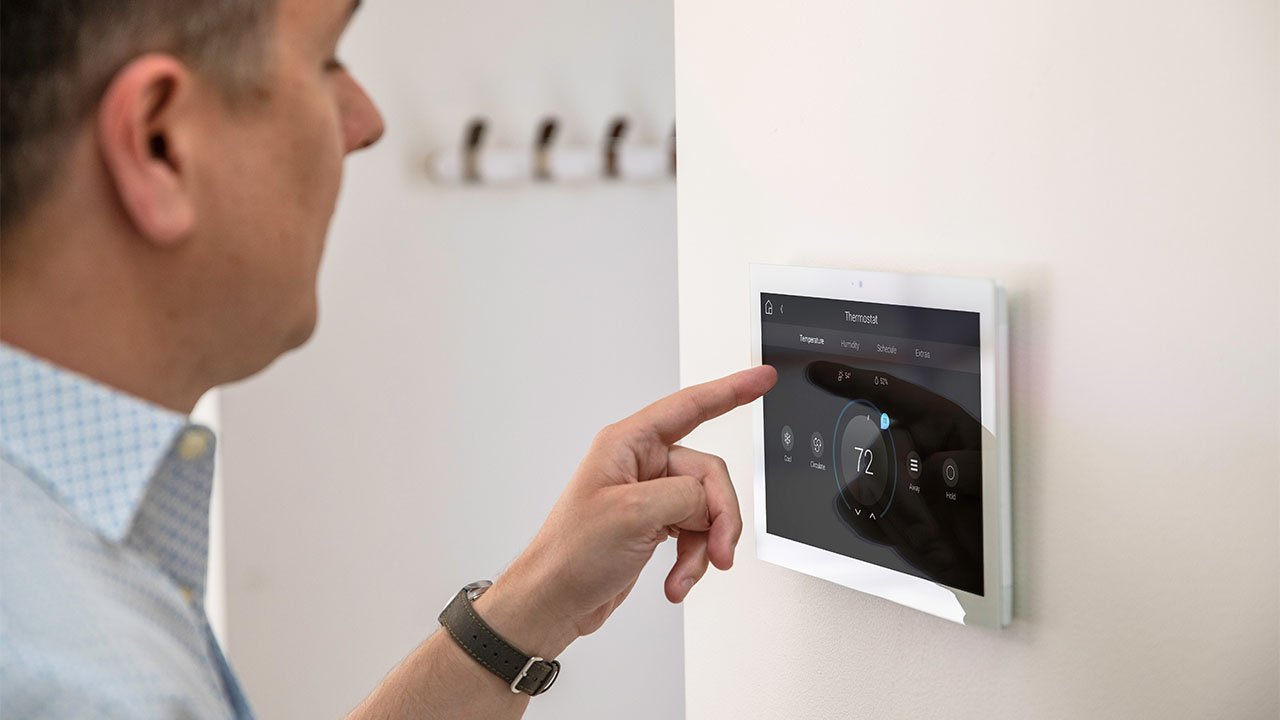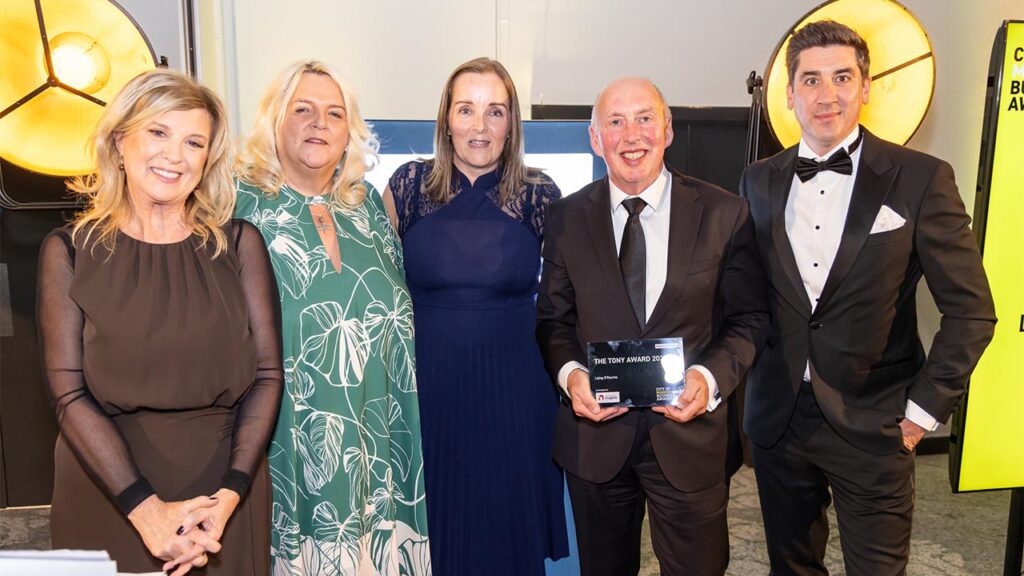The property sector is the largest contributor to greenhouse gasses and global warming. Buildings now account for upwards of 40 percent of global energy use and carbon emissions; sector leaders and developers are ideally placed to play a leading role in muting climate change and helping reduce impacts and increase resilience to environmental risks.
With the global building floor area expected to double by 2060 to accommodate the largest surge of urban growth in human history, achieving zero emissions from new construction will require energy efficient buildings.
Planned projects to take place between now and 2040, we see the vital role embodied carbon plays. Unlike operational carbon emissions, which can be reduced with building energy upgrades and the use of renewable energy, embodied carbon emissions are put into place as soon as a building goes up. It is vital that we find ways to reduce carbon emissions if we hope to achieve zero emissions by 2040.
It’s safe to say automation is in greater demand than ever. Developers around the world are now turning to it to programme their large-scale projects. By implementing smart home automation, you can increase the value and attractiveness of your development by offering sustainable living options, whilst simultaneously simplifying the installation process.
Homes are increasingly being built “smart” from the ground up. Technology was previously an afterthought, but more recently, people have come to see smart-home technology as essential as electricity, refrigeration or air-conditioning. People are already starting to rely on smart-home tech, and the data it collects.
user-friendly applications and intuitive programming software. Fully-scalable solutions perfect for MDUs, hotels, offices, as well as other commercial and custom applications.
Smart home automation offers comprehensive functionality for the protection and monitoring of new buildings too. Smoke detectors, water sensors and temperature sensors ensure that your properties are continuously monitored. Upon detection, an alarm chain will immediately be triggered, offering home-buyers complete peace of mind. Using a weather station for live data, the building can automatically react when the weather turns and the wind picks up, closing roof windows, and retracting external shading. Mould prevention is another cause for concern, often excessive humidity can cause considerable damage to the interior and fabric of a building. Monitoring humidity and controlling airflow can prevent mould growth. Building management is under control with data such as temperature, humidity and air quality are continuously recorded. This data can then be sent to the building management staff collated for monitoring.
Smart home automation can reduce energy costs for the end-user, enabling shading, heating and lighting to all work seamlessly together which helps reduce overall energy consumption. During set time periods, unused devices are automatically turned off, lights are switched off in rooms no longer in use and the temperature is lowered outside of the schedule; ultimately helping you cut energy usage and running costs.
Next-Gen automation will reduce energy waste by incorporating more efficient smart appliances and smart thermostats into new projects.
By automating everything, smart buildings can be customised to suit different people’s preferences at different times. From enabling auto-away and home-away settings to monitoring air filter reminders, getting the most out of your smart thermostat. When you make your new building projects eco-friendly and incorporate sustainable solutions into your projects you can have a significant impact on the environment and have more appeal to more markets.





